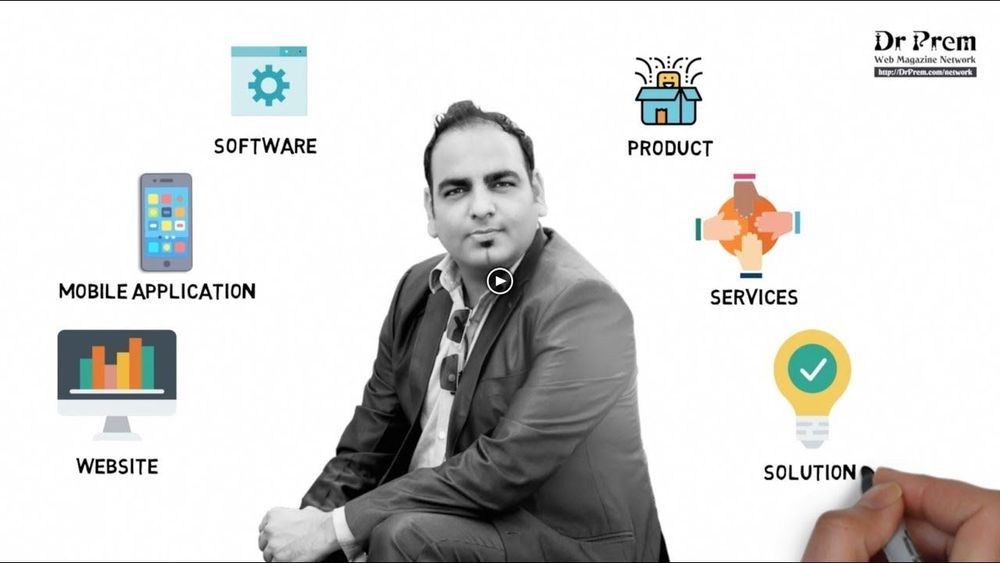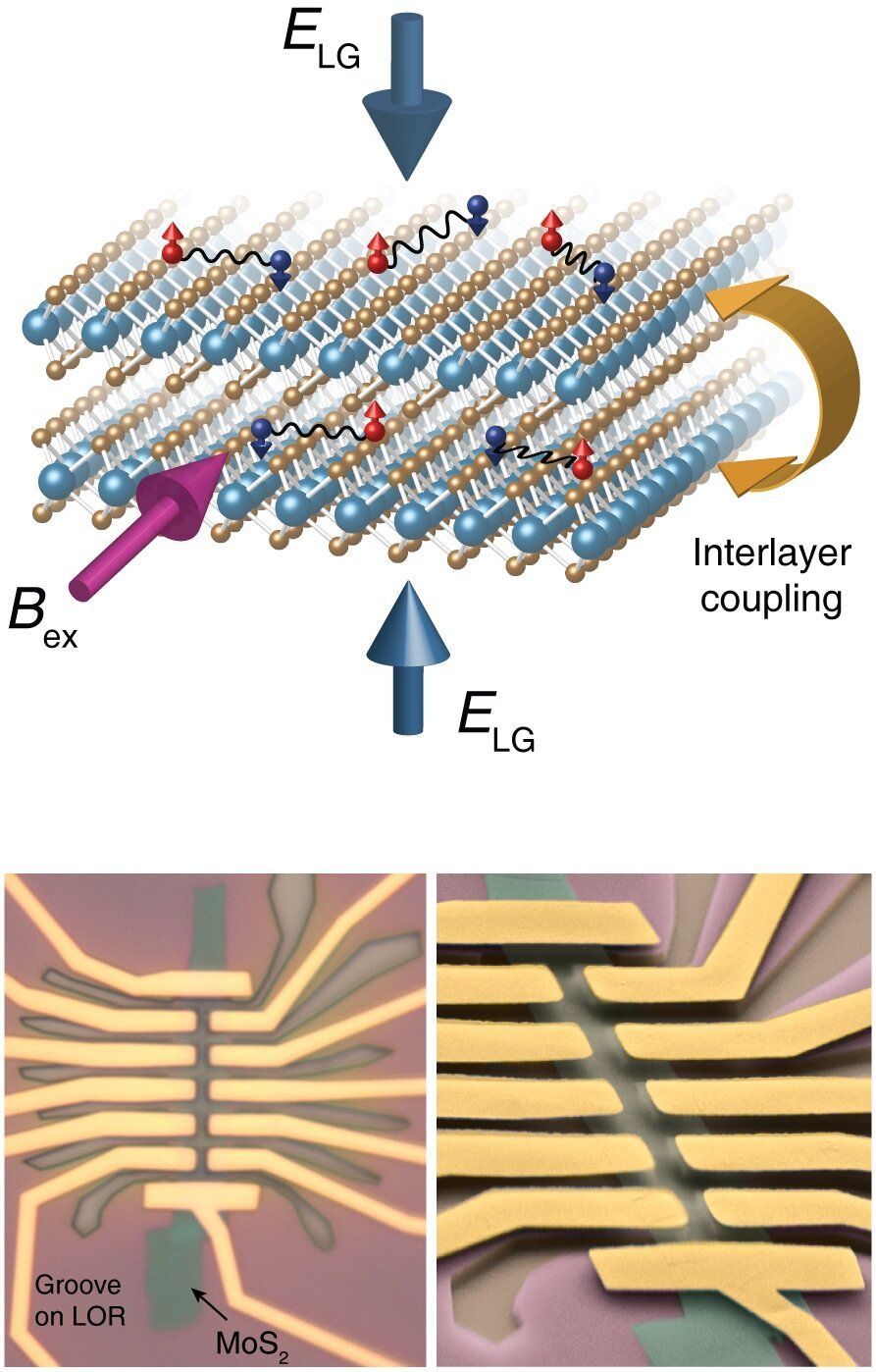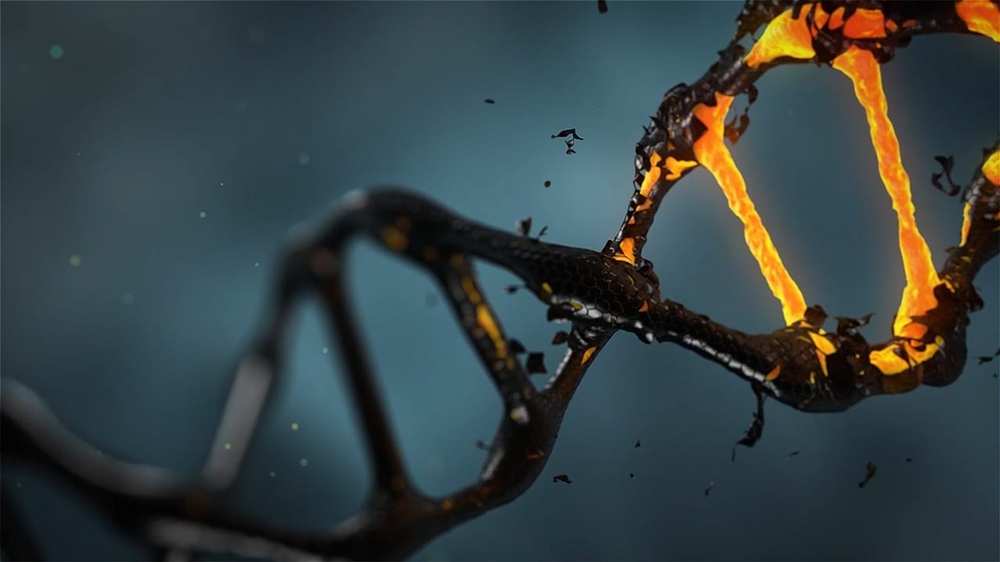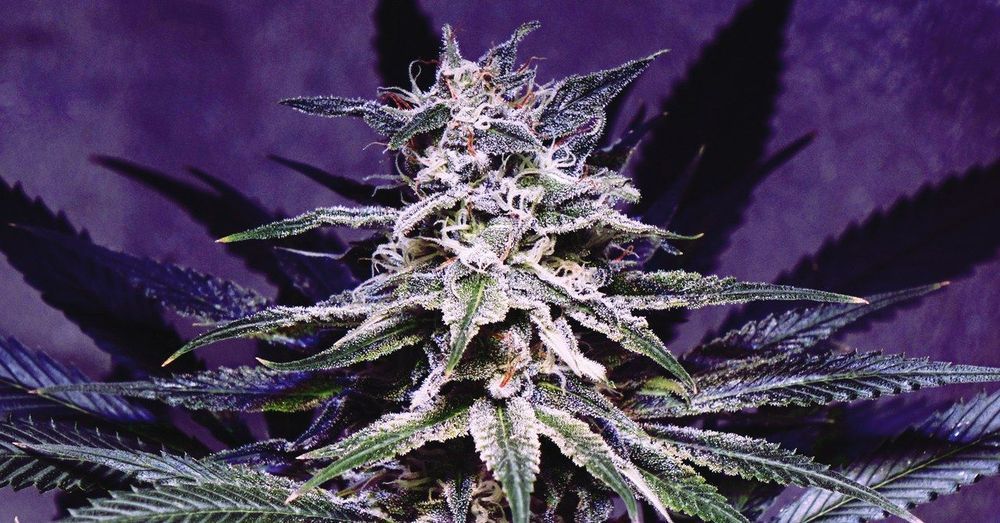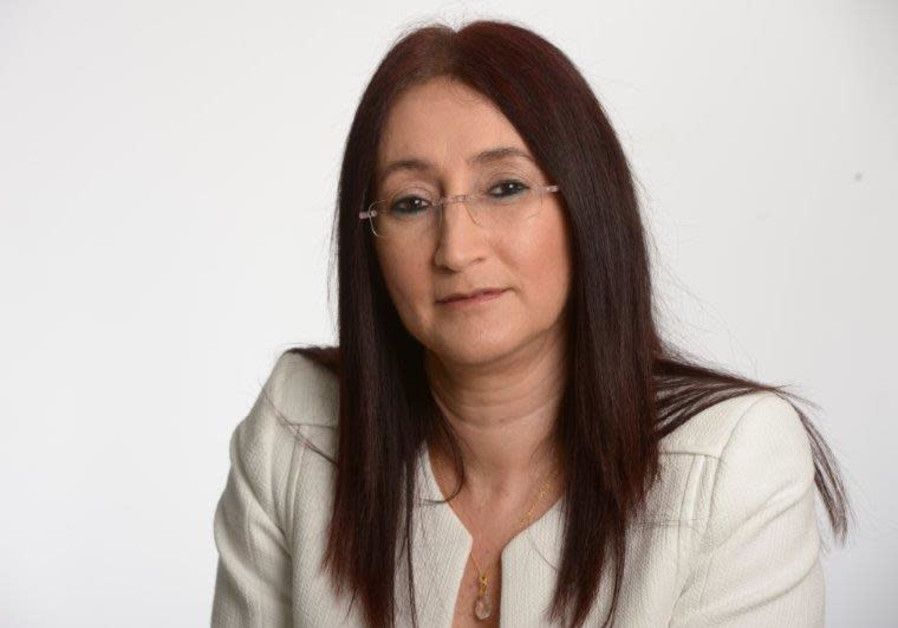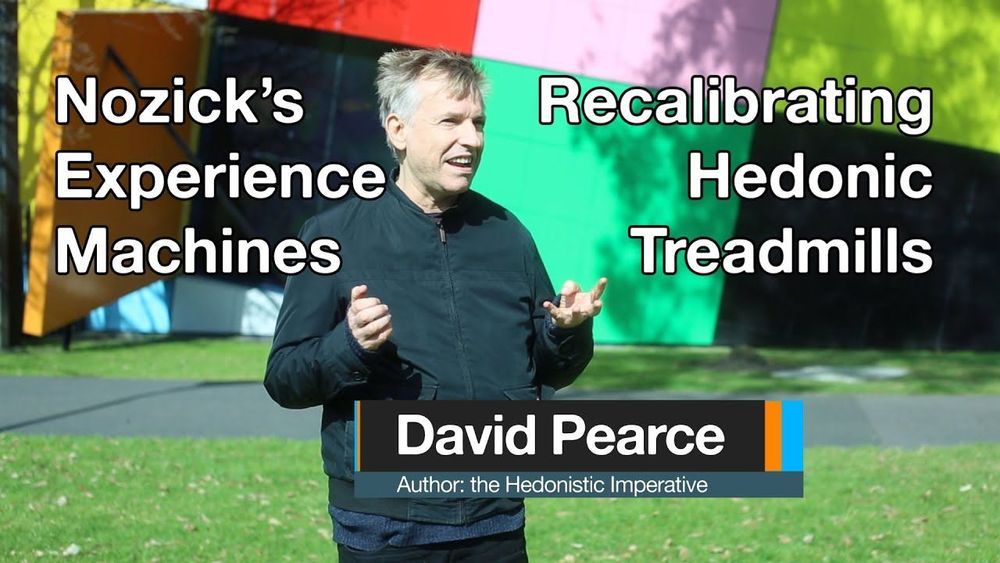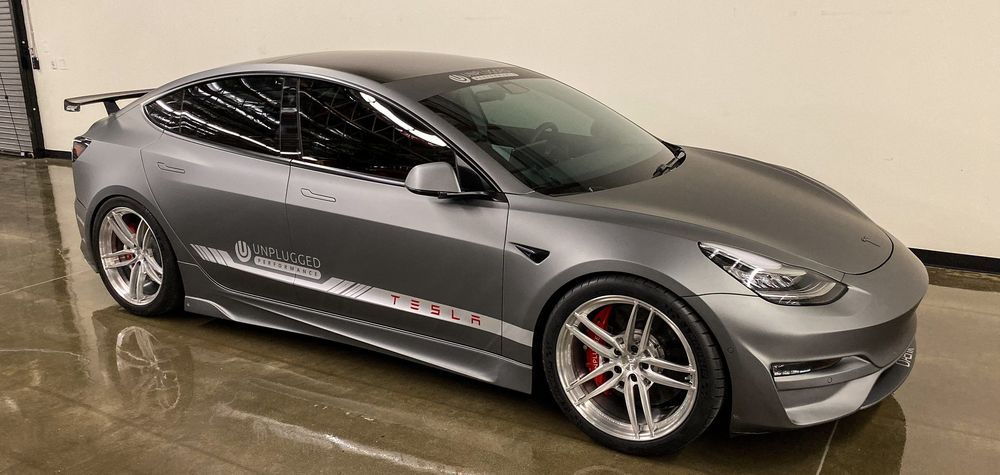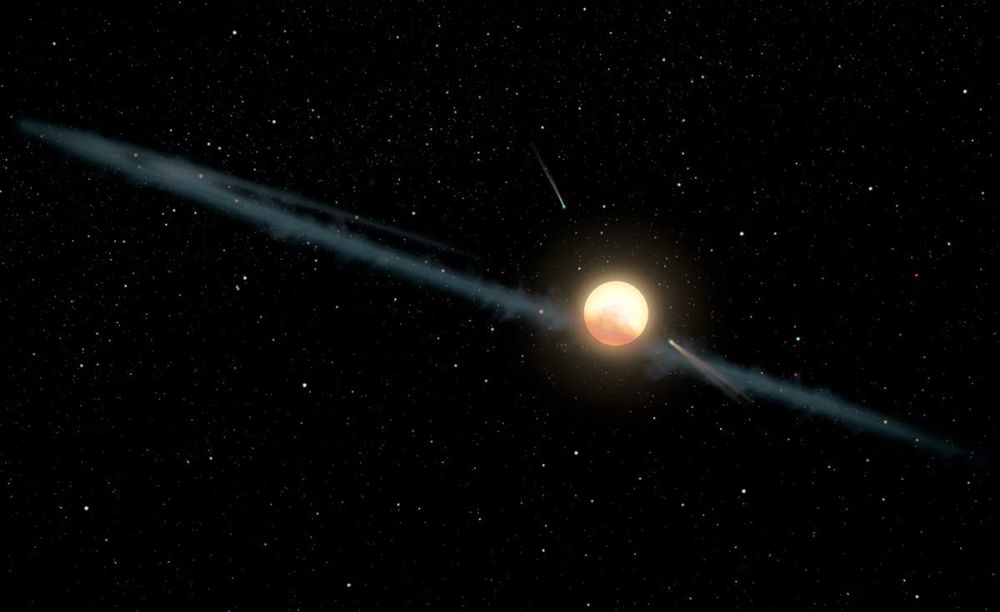When we think about eco-friendly vehicles, most of the time we think about electric and hybrid vehicles. At other times, we might even go as far as coming up with vehicles that operate on bio, solar or wind energy. However, this is not all. There are innovations that are breaking all the barriers of thought and technology. One such innovation is electromagnetic propulsion technology. We are seeing many vehicle designs that are utilizing it. Therefore, it would be no wonder if it becomes mainstream in our distant future.
Vehicles driven by electromagnetic propulsion technology
Electromagnetic induction is the next exciting idea of obtaining a clean, green and powerful propulsion for our vehicles. Since magnetic fields easily penetrate solids, liquids and gases alike, we can use this system to design vehicles that move on roads, over rails, in water and underground too. The propulsion system depends on the polarity of the strong and weak magnets. These vehicles would contain these magnets. Like poles will repel and act as an accelerating mechanism. Opposite poles will attract to act as a braking system. In addition, Multi-directional propulsion would be possible with the incorporation of more magnets along various sides.
